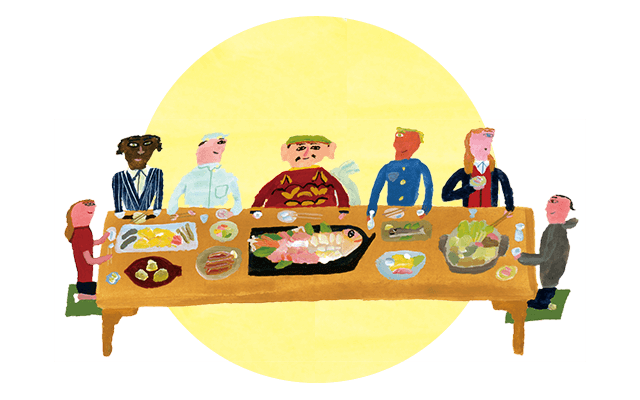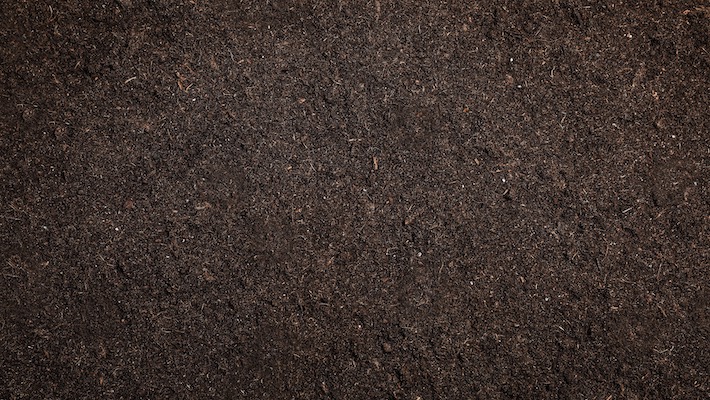
Harima Archives
2022.03.18 Harima Agriculture: Knowing and utilizing the climate

Soil depth to nurture crops
The Harima area is blessed with a climate that supports the cultivation of various crops, from Yamada Nishiki sake rice to soybeans and wheat used for miso and soy sauce. Not only does it have a wide range of temperatures and good quality clay soil, but it is also characterized by a very deep plowed soil layer (called a “plow layer”). While generally, this layer is around 20 to 25 cm, there are areas with a depth of 80 to 90 cm in Harima. This depth allows the roots of crops to grow longer, absorbing water and fertilizer from deep underground and nurturing delicious, high-quality yields.
Developing cultivars suitable for a new age
As the times change, so does the climate. Global warming is one of those significant changes. In the case of the sake rice Yamada Nishiki, the growth and grain quality is affected if temperatures of 25 degrees or higher continue for 20 days after flowering. Therefore, new high-quality cultivars have been developed to combat the global warming observed in recent years. Among them is Hyogo Nishiki, which shares qualities such as its shinpaku with its seed parent, Yamada Nishiki. Soybeans have undergone similar improvements – new cultivars are being developed to withstand severe climate changes.
Understanding the diversity of Harima through technology
Harima’s different climates and natural features are utilized to their fullest potential to make several products, such as adzuki beans cultivated in sandy areas with sufficient water drainage and soy sauce fermented with the mineral-rich underground water of the Ibo River. With new technology such as drones, it is now possible to get a bird’s-eye view of the fields and discover the lay of the land in detail. This research is being conducted to take advantage of Harima’s unique traits better. It will be possible to explore the cultivation methods that make the best use of the land, leading to further characterization of the terroir, or unique agricultural features, within Harima.
Creating a prosperous area
For a terroir to be defined, it must be scientifically verified. Thus, using the wisdom and ingenuity fostered since long ago, new cultivars and products will be created from the latest equipment and research and then passed down to the next generation. This initiative is being carried out in earnest even now. Understanding the climate, water, and soil qualities in detail leads to the ability to select and cultivate the crops that best suit the land. This will also lead to a more prosperous community in Harima.



